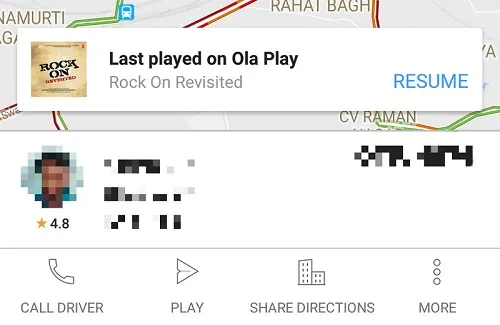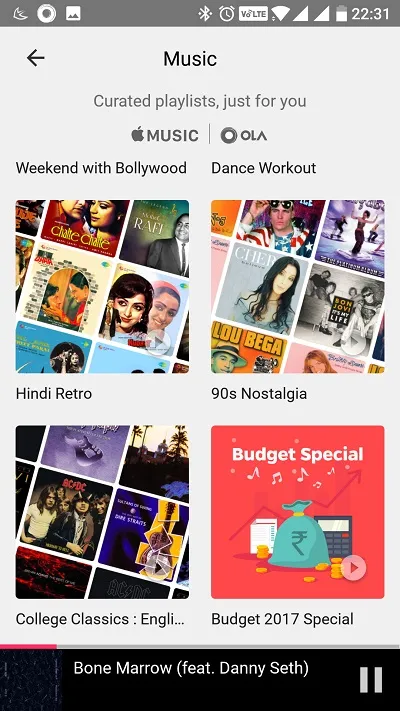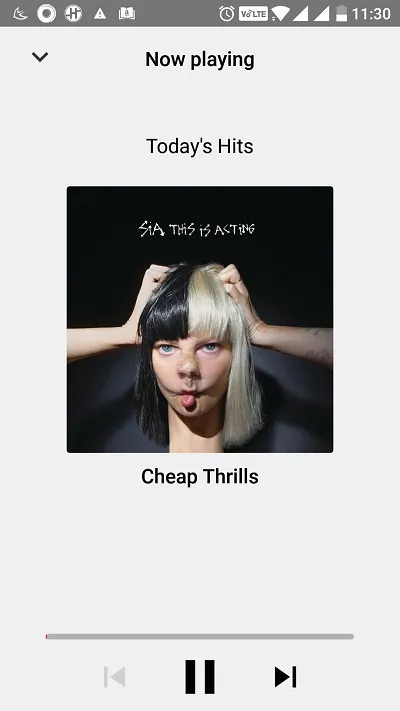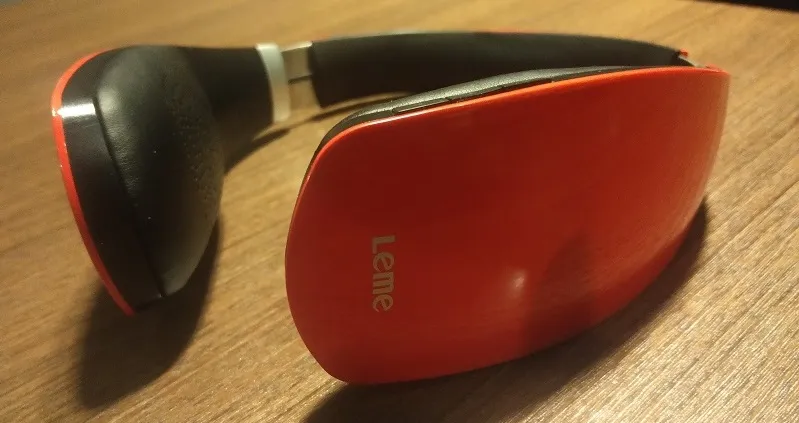[App Fridays] Is Ola Play, the in-car entertainment system, a ‘cheap thrill’ or ‘a delta 4 improvement’?
With windows rolled down and Sia’s ‘Cheap Thrills’ blaring loudly on the speakers, I am seated in the backseat of a cab at a traffic intersection. Almost oblivious of my surroundings, I'm tinkering with the tablet glued to the back of the front seat. A few bystanders are glaring and wondering what my cabbie and I are upto. This was my fifth consecutive OlaPlay-enabled ride and I had gone ‘undercover’ to better understand the experience.

Prelude
The cab aggregator sector seems to have reached an inflection point. With supply-demand issues almost sorted, companies are now focusing more on comfort and value-added services to provide a better experience to riders. In late 2016 Ola launched ‘Ola Select’, a subscription service which offered users access to free WiFi, priority booking and no peak pricing, among other benefits.
One of the main benefits of owning a vehicle is that the rider calling ‘shotgun’(sitting in the passenger seat in the front) generally gets to control the in-car music system and make the journey enjoyable (or miserable) for the driver and riders seated behind. Identifying this need, Ola recently launched Ola Play, an in-car entertainment ecosystem, in India. After being in beta for ‘Ola Select’ members, the platform was made available to a larger audience recently.
At the Ola Play launch in 2016, the company had declared that the goal was to bring Wi-Fi, music, video content, ebooks, navigation, and temperature, among other things, under the control of the passenger. This YourStory reporter decided to find out if Ola Play was a ‘cheap thrill’ or a ‘delta 4 improvement’.
Delta 4 concept- Popularised by Kunal Shah, Chairman of Freechage, the concept notes that everytime a system improves an existing system by a delta of greater than 4, it is 'stickier' and hence it becomes difficult to go back to the previous inefficient system.
In-depth read about Delta 4: What inefficiency are you trying to solve with your startup? Kunal Shah, Founder, FreeCharge
Here is this week’s App Friday:
Methodology
I booked five consecutive Ola Play-enabled cab rides to better understand the experience and then finally booked an Uber Go ride to serve as the ‘scientific control’. For the purpose of the review I also acted more annoying than usual, constantly switching songs and asking incessant questions to the cabbies but stayed cautious to not ‘blow my cover’.
Through an offline dipstick survey I was also able to get inputs from Ola Select members and others who had tried Ola Play to understand their experience too.
The in-car entertainment experience
Cab 1 (14min, 4.3 km)

Having booked an Ola Mini, I was surprised to find an upgraded Ola-Play enabled Swift Dzire pick me up. The vehicle was equipped with an Ola branded tablet for both the passenger at the back and the cabbie in the front.
Already aware of Ola Play, I began playing around with the tablet exploring different genres of music and engaging in a conversation with my cabbie. He noted the new tablet made life easier as the bigger screen in the front allowed for better navigation. The only downside he felt was that passengers could now play music at loud volumes and potentially distract him from hearing important sounds on the road.
From a passenger point of view, as someone who likes tinkering with gadgets, I found the novelty of controlling the vehicle’s stereo system from either the tablet or my smartphone quite appealing.
Cab 2 (21min, 4.5 km)
Having experienced Ola Play by accident the first time, I decided to book a ride on purpose to better understand the experience. An interesting feature I noticed before the cab arrived at my doorstep was the ability to resume my last played track.

After being picked up, I was able to constantly switch between tracks across different genres but found that the app only allowed users to skip ahead and currently didn’t have a rewind function to toggle to the previous song. While Ola Play also offered radio and video content in addition to music, the video content didn’t load on the tablet for some reason.
Cab 3 (24min, 5 km)
My second deliberate Ola Play ride was interesting for several reasons. The cabbie was in a talkative mood and seemed to know the workings of Ola Play quite well. On asking what if I were to keep the music too loud or too faint, he demonstrated how he could still control the volume from the tablet in the front and asked me to play it as loud as I pleased. He would control the volume if it ever disturbed him. My previous cabbies were unaware that they still had control over the volume.
At 24 minutes, this turned out to be my longest Ola Play ride and the video content from Ola’s partners worked this time around.
Cab 4 (12min, 4.1 km)
With a duration of 12 minutes, this was my shortest Ola Play ride and I found that the tablet was not functioning. The cabbie noted that he had no idea why it was malfunctioning but asked me to access it from Ola’s smartphone app directly.
After a two-minute struggle of connecting to the in-cab WiFi and following the instructions I was finally able to access the music and radio features. In addition to the regular playlists’ I noticed that there was a ‘Budget Special’ playlist in-line with the main focus of the day.

By the end of the trip I realised that this was my fastest trip on this route and the cabbie had also not called me up or asked for any directions throughout the trip.
Cab 5 (18min, 4.7 km)
My last Ola Play ride during this ‘experiment’ wasn’t incident-free either. The in-cab tablet wasn’t working again and displayed the default screen. But I was able to login through the Ola app and go back to annoying my cabbie by playing different tracks at different decibel levels.
I tried striking a conversation with him, but apart from admitting that the new tablet had made navigation easier, he wasn’t in a mood to speak much. So, by force of habit I rolled down my windows to catch some cool breeze and didn’t realise how loudly ‘Cheap Thrills’ was blaring from the speakers. By the time I came to my senses, it was too late and we just left the signal intersection.

‘Control’ cab
My most recent cab ride, after an overdose of five consecutive Ola Play rides, involved an Uber Go ride with bluetooth headphones to try and simulate the in-car entertainment experience. Playing tracks from your own custom playlist and being able to lower your window to catch the cool night breeze without getting annoying stares from pedestrians around was a welcome change.

So is Ola Play a ‘cheap thrill’ or delta 4 improvement’?
Ola Play is still in beta and some features like ebook integration, temperature control and services from experience partners like Audio Compass and Fynd are not yet live. Because of my middle-class upbringing, I found Ola Play to be a luxury that I wasn’t quite sure I really needed. Some other Ola Select and Ola Play customers I spoke to noted that they found the platform to be a ‘good-to-have’ but not a ‘must-have’ at this stage. Most noted that their sole goal was to reach from point A to point B and they already had their smartphones for entertainment. So in its current avatar they felt that Ola Play isn’t a delta 4 improvement, yet.
What could be better
1. Estimated Time of Arrival (ETA): With fewer Ola Play-enabled cabs on the road, the ETAs are currently longer than other category of cabs. But Ola seems to be in the process of onboarding more cabbies into its Ola Play initiative.
2. More customisation for playlists: While Ola currently curates playlists according to different genres and current events there is no feature yet to let users mix and match songs and create custom playlists based on their individual tastes.
3. Portable music streaming integration: In late 2016, Uber had partnered with music streaming services Pandora and Spotify to let riders stream their playlists during their cab rides. This feature isn’t live in India yet. So introducing Gaana or Saavn integration on Ola Play could enhance the experience for users by tapping into their extensive music libraries.
Update- Ola clarified that as an Apple Music curator in India they are providing an exclusive selection of content from both International and local tastemakers as well as style leaders. According to Ola's website this content though is pre-buffered HD content.
Prologue: Moving to a world without car ownership?
In the last few years cab aggregators have changed the way people travel. By leveraging the power of the internet and GPS-enabled smartphones to connect nearby cabs and passengers in real-time, they have provided an experience that is delta 4, better than before and hence more “sticky”.
The number of rides booked per day on these platforms are increasing fast and people are now imagining a world where nobody owns their own vehicle, but still continue to get a 'personal experience' of being in their own car driven around by a personal chauffeur.
The next delta 4 experience will likely occur when the concept of car ownership itself is eliminated and every car feels like a personal vehicle. An in-car entertainment system powered by an app is a good start to this lofty goal. Elon Musk, CEO of Tesla, envisions a world where self-driving cars will one day drive their owners around and then generate passive income by serving as cabs in their ‘downtime.’ Till then, we will have to be content with being our own 'DJ wale babus’ and playing tracks to amuse ourselves and the cabbies.
Website- Ola
Related read: [App Fridays] Can one app rule them all? Tapzo’s attempt at ‘tap dancing’ with over 35 apps
Also access our App Friday's archives here


![[App Fridays] Is Ola Play, the in-car entertainment system, a ‘cheap thrill’ or ‘a delta 4 improvement’?](https://images.yourstory.com/cs/wordpress/2017/02/Ola-Play-YourStory.jpg?mode=crop&crop=faces&ar=2%3A1&format=auto&w=1920&q=75)




